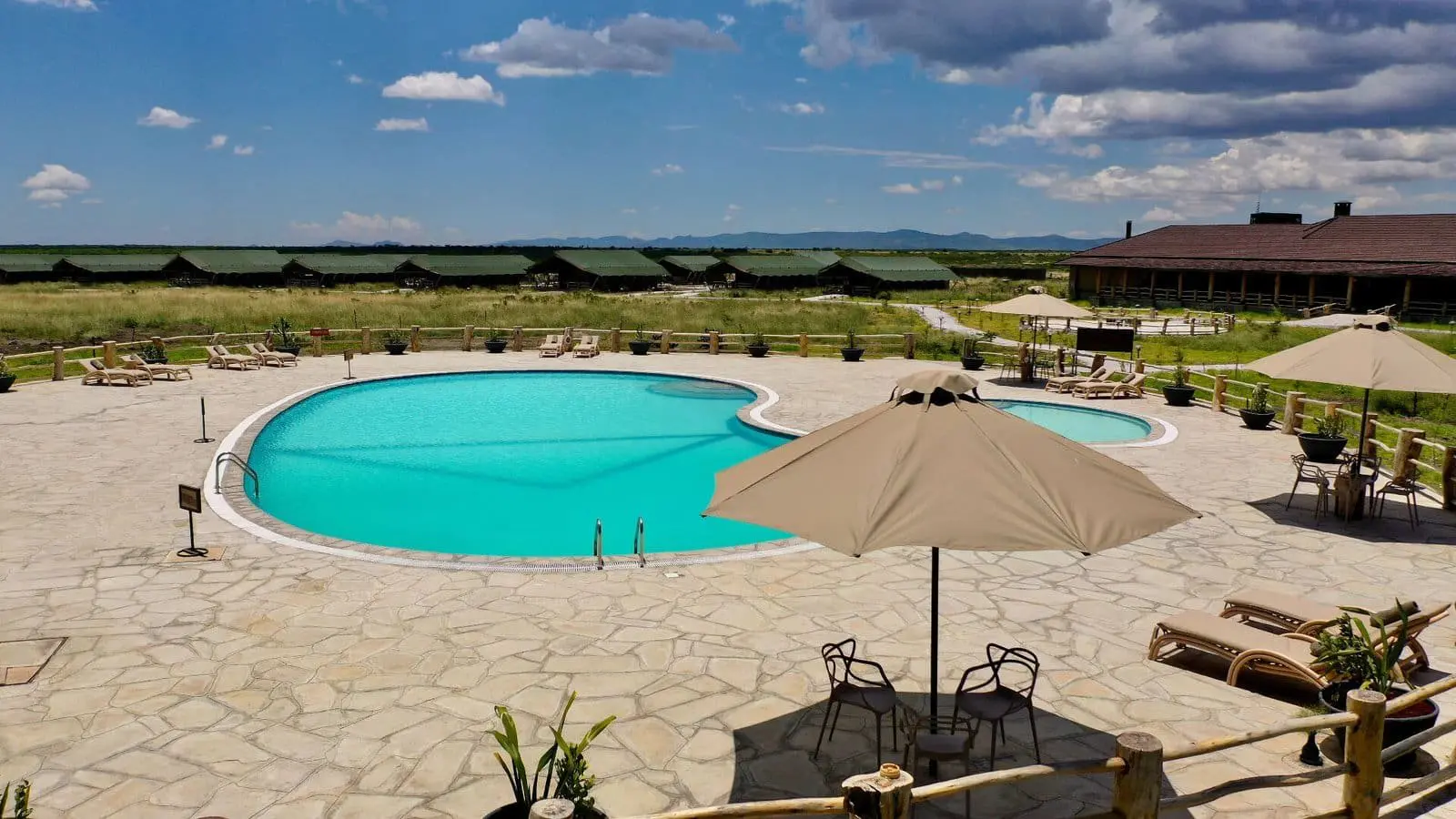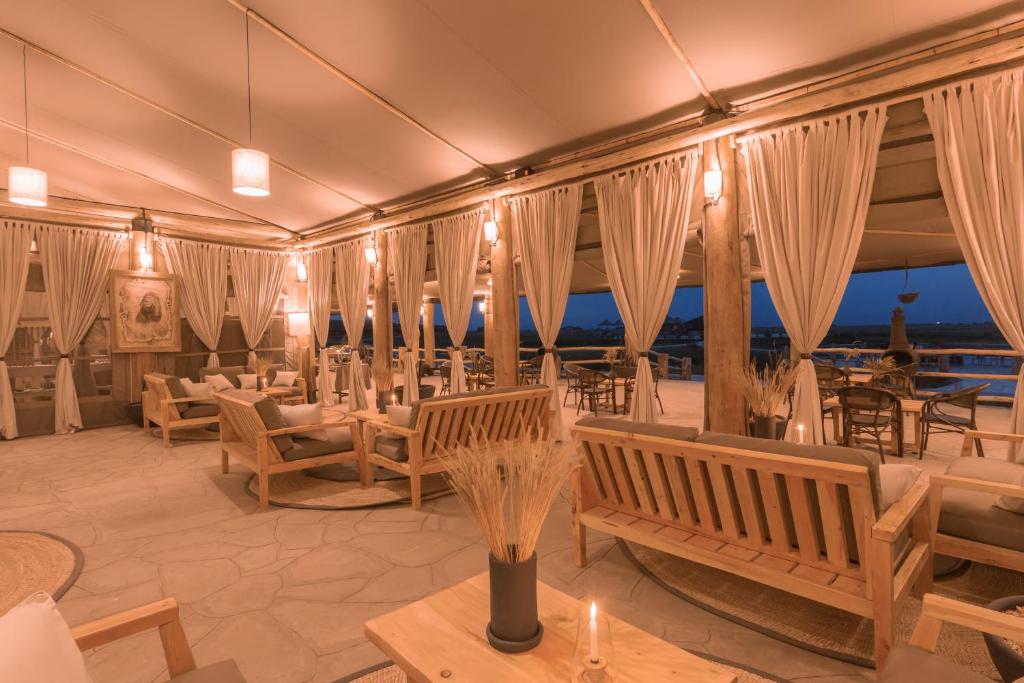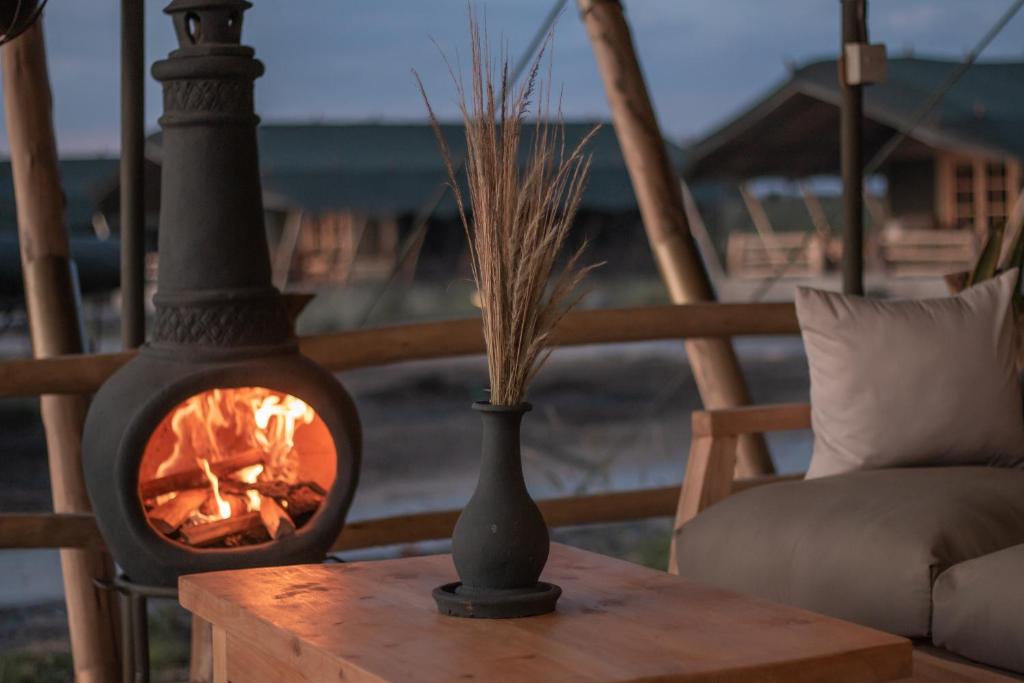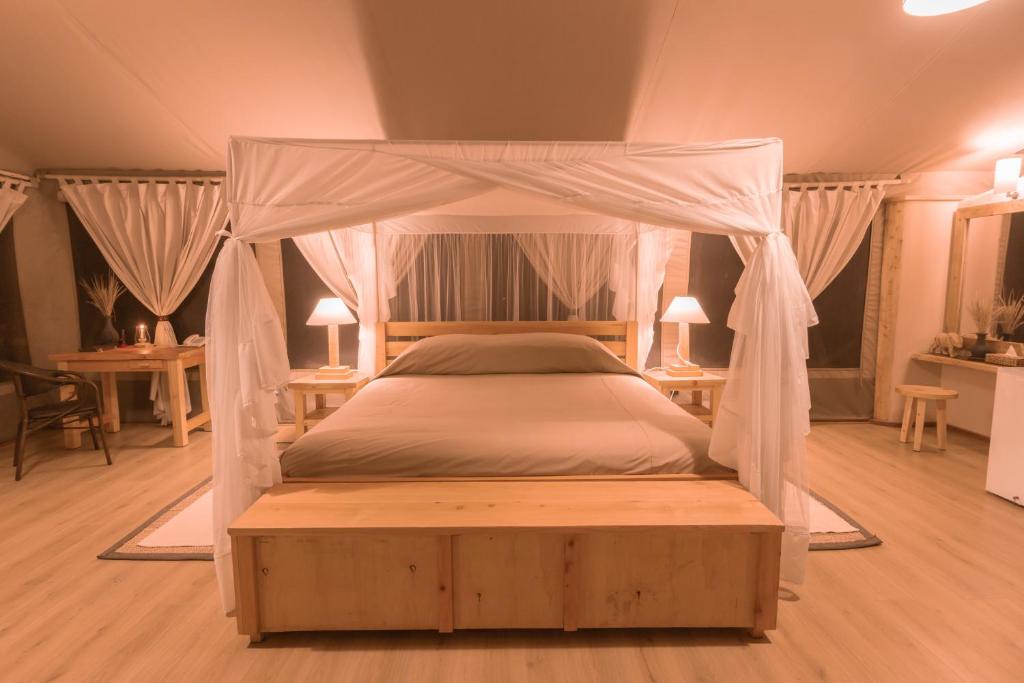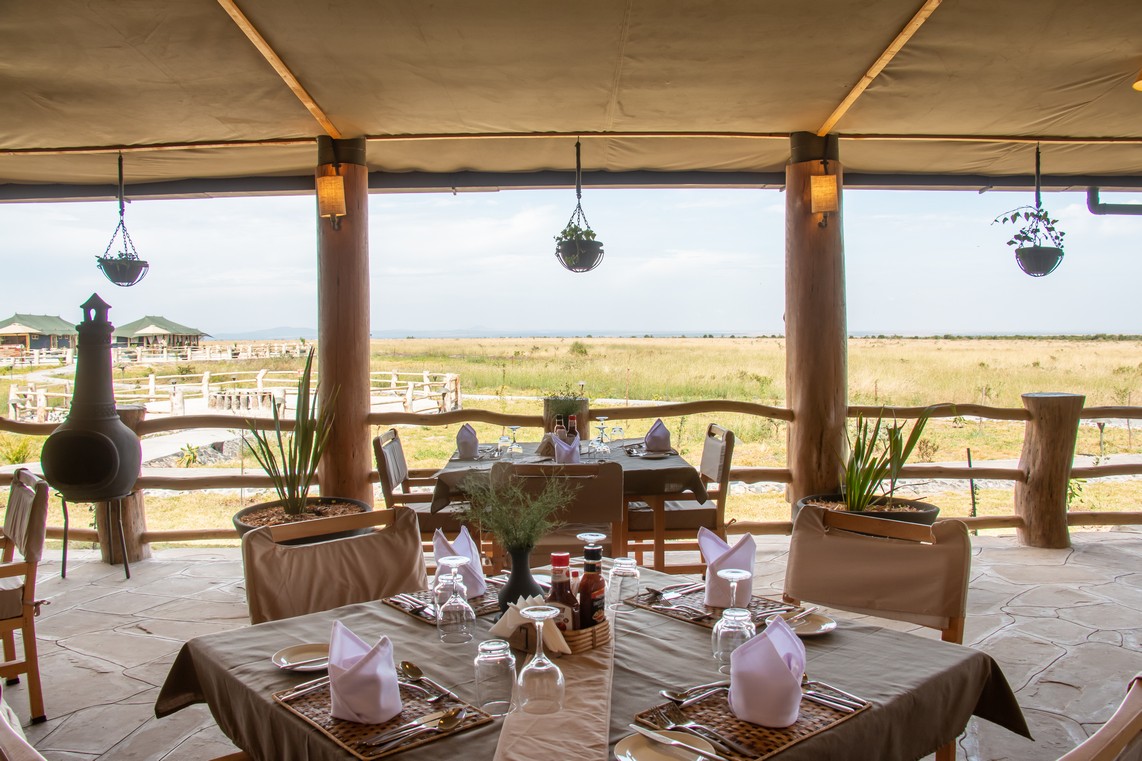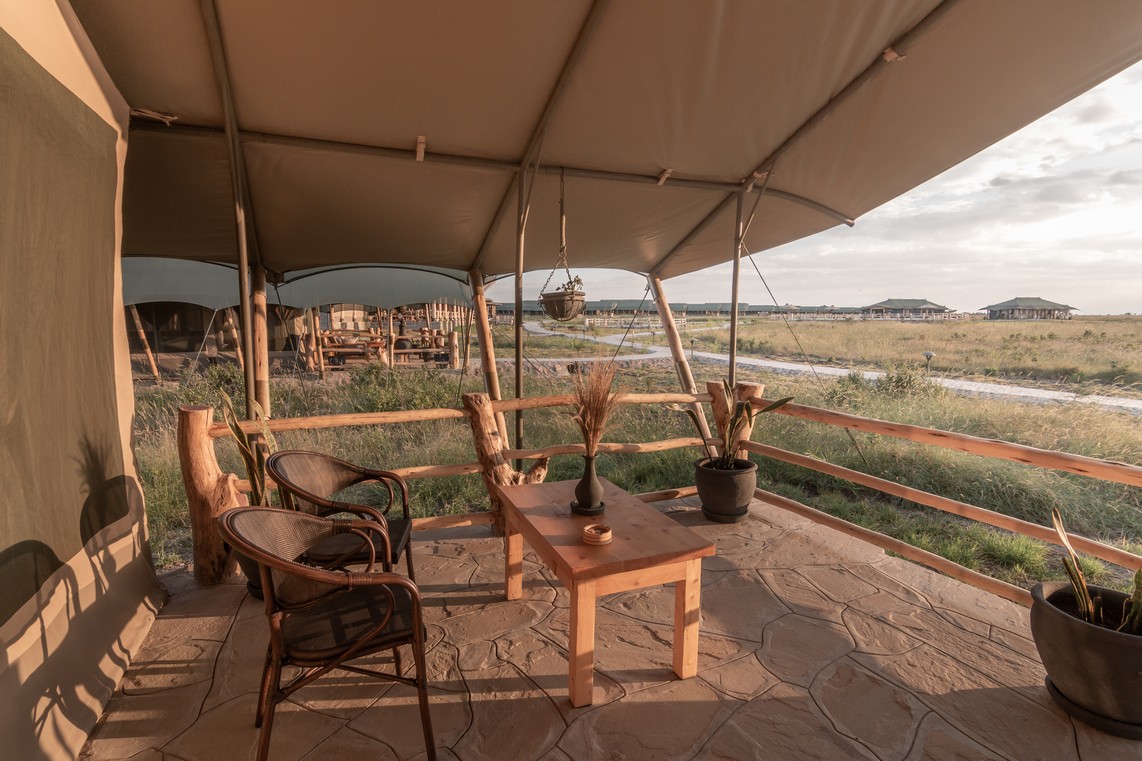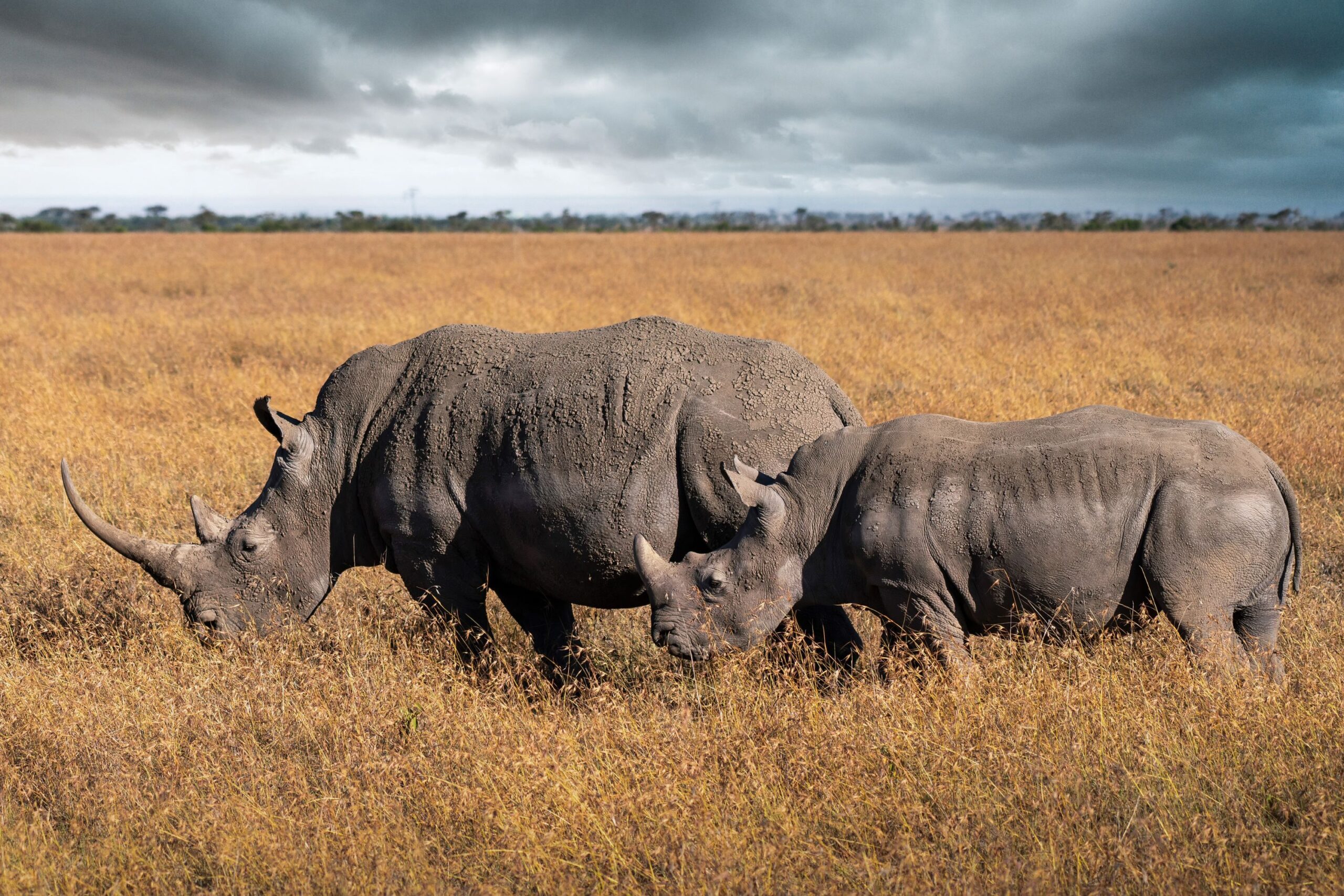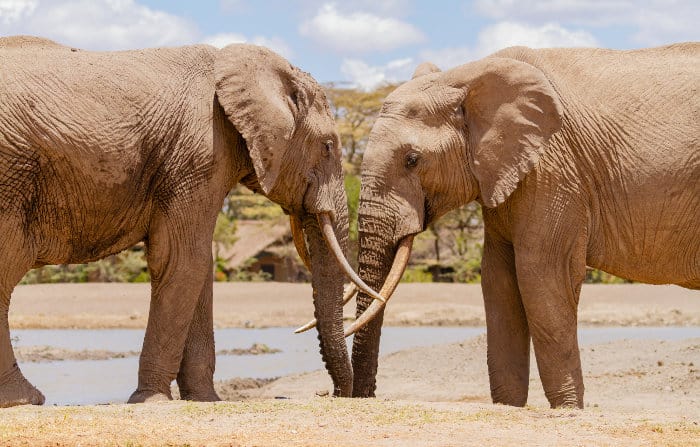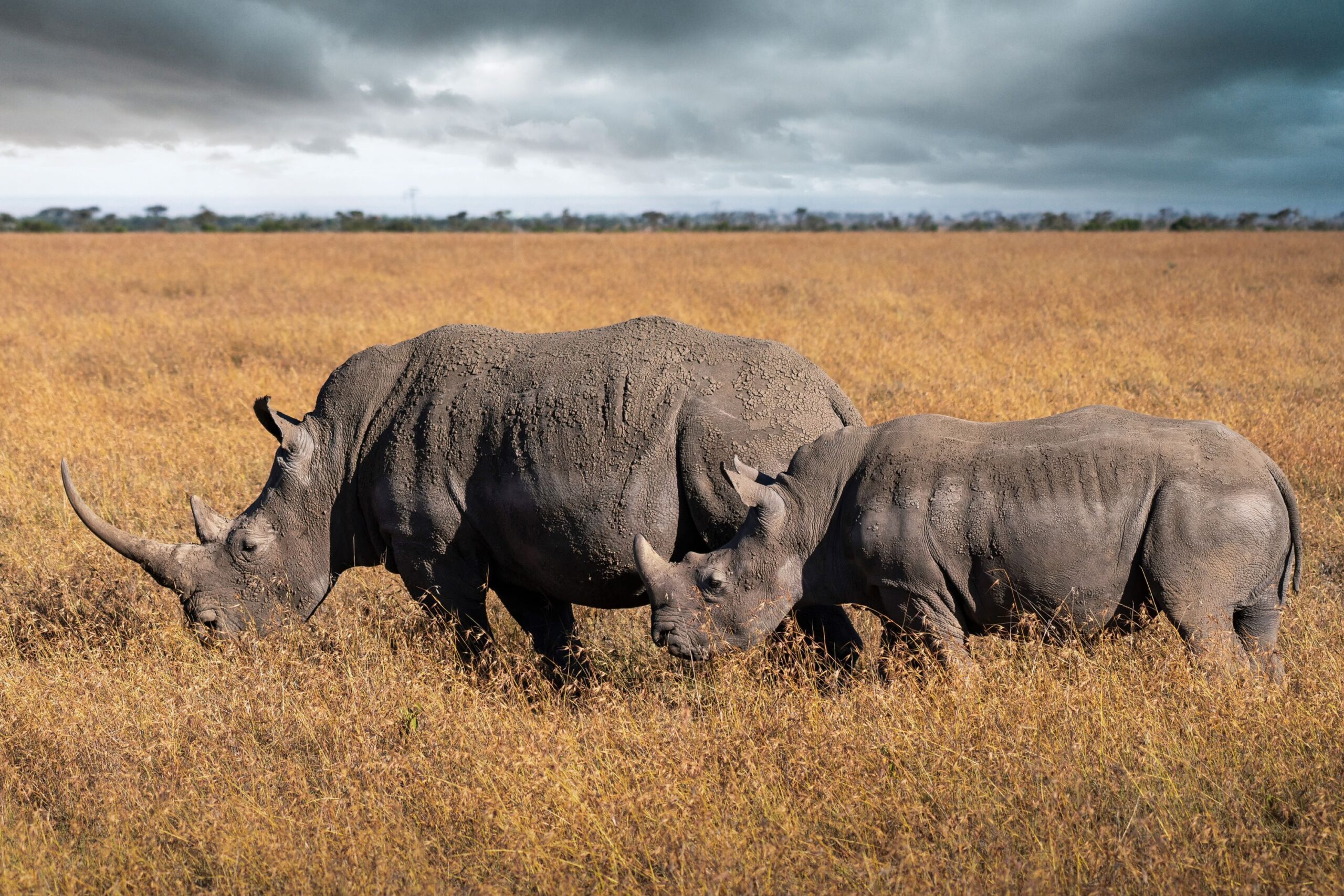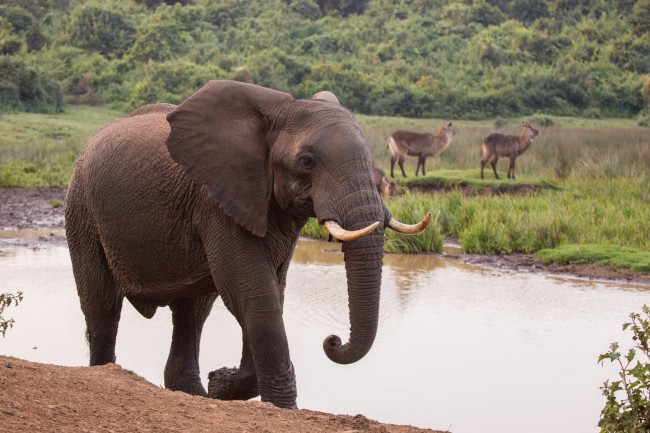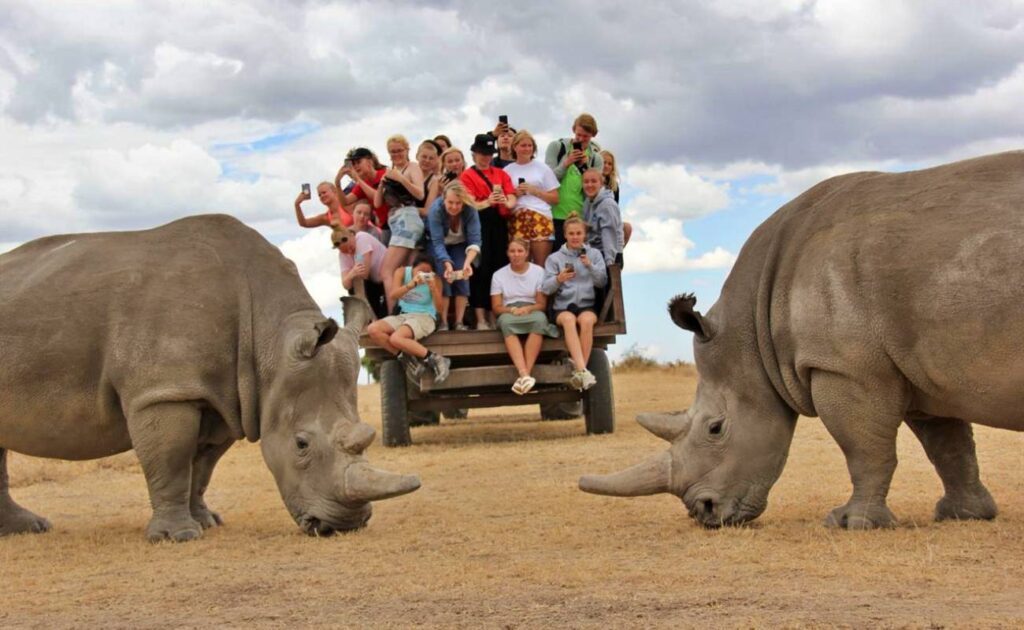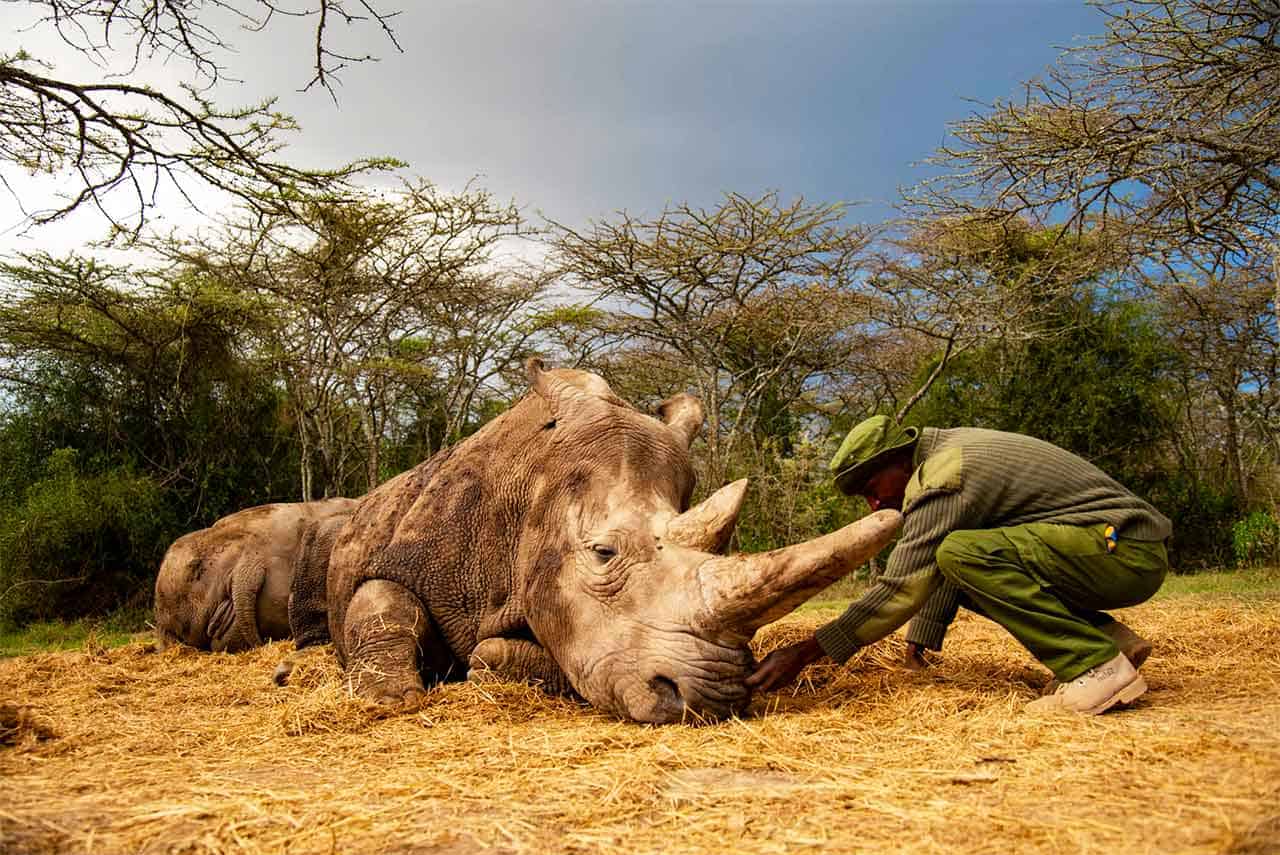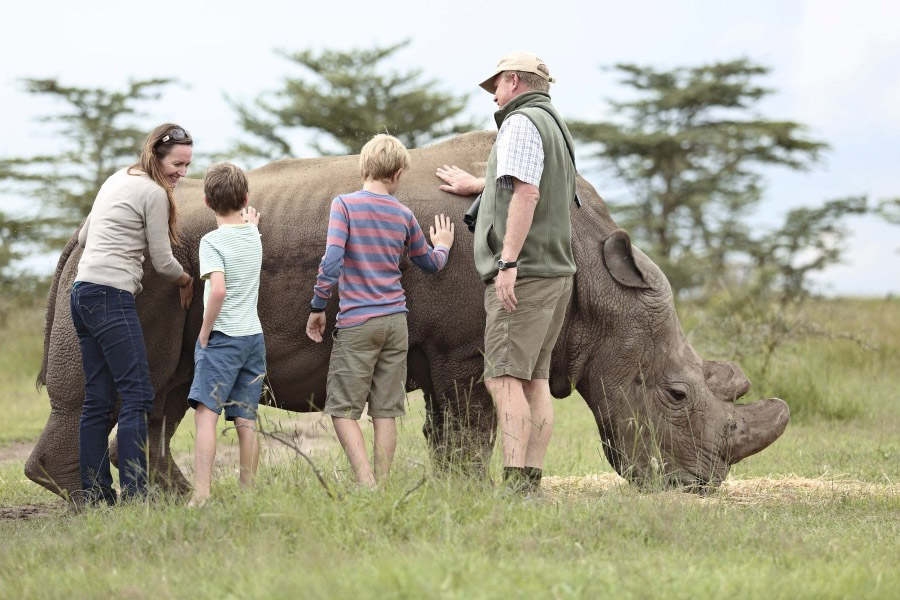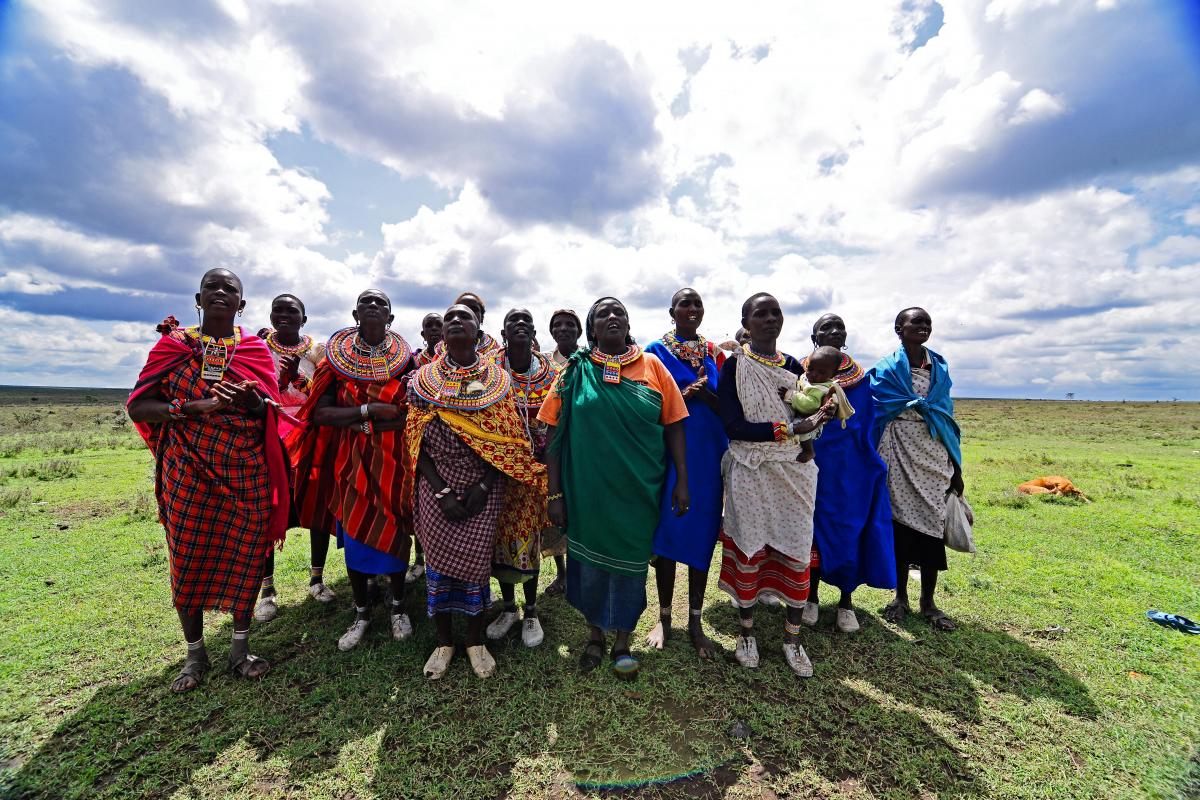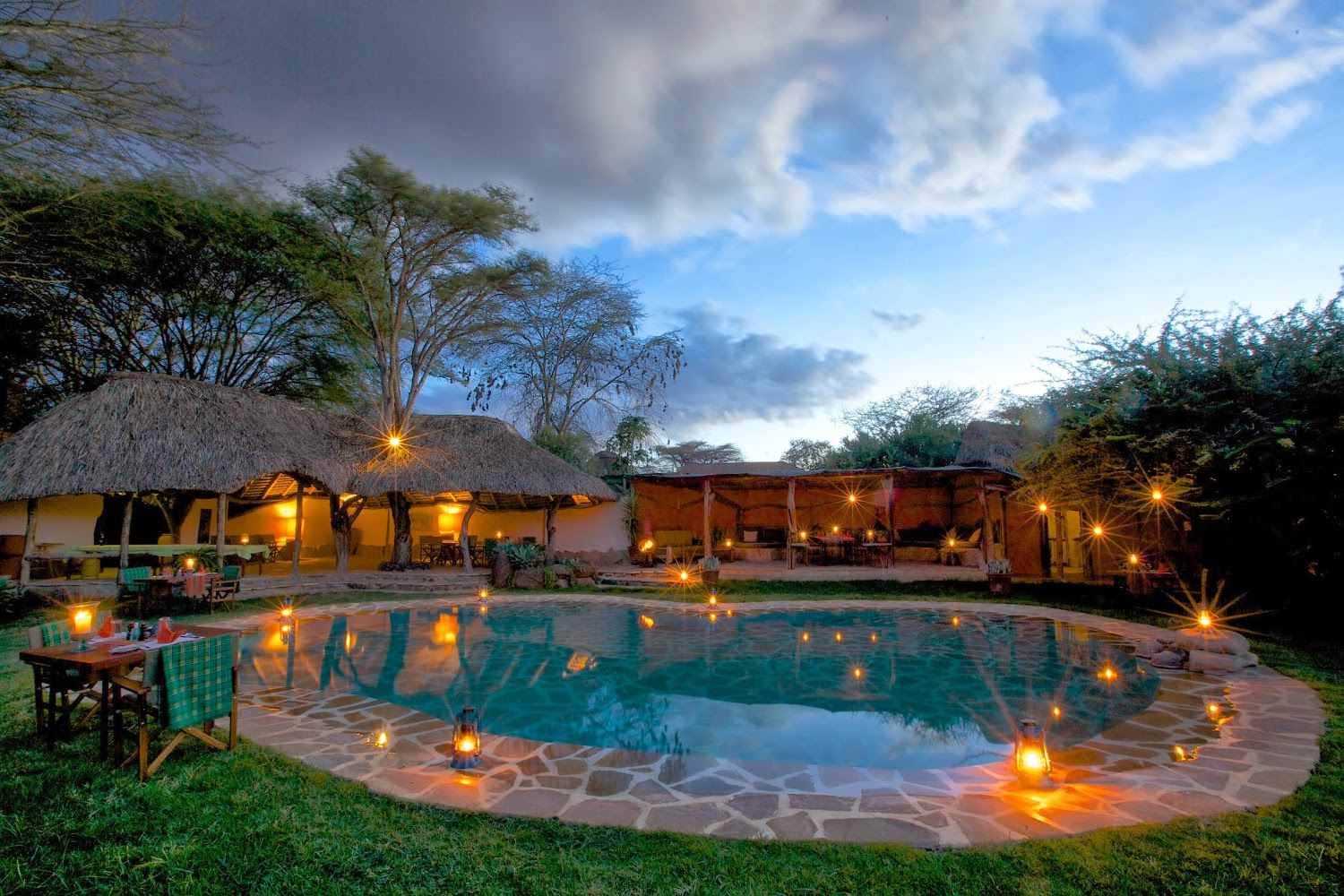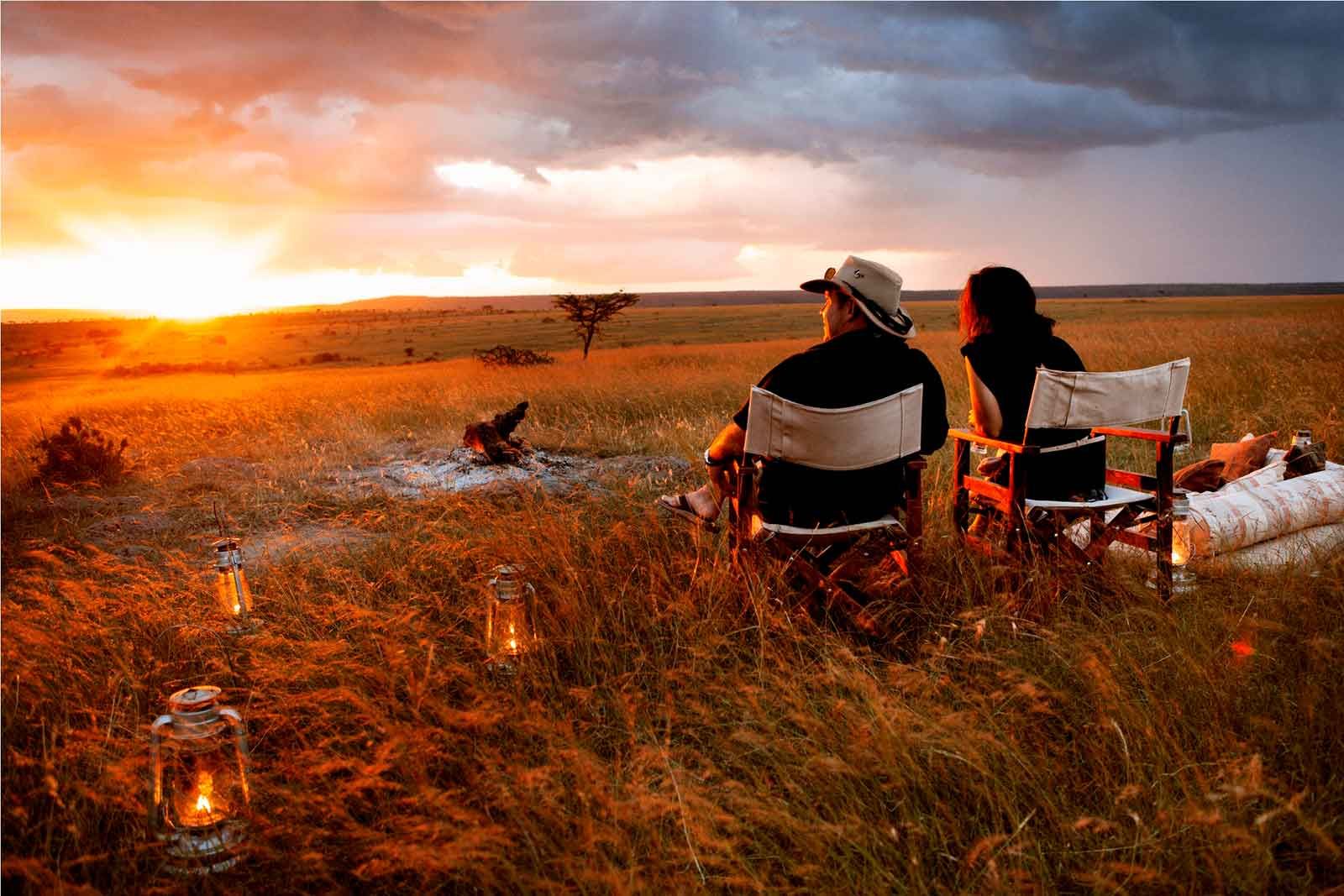Ol Pejeta Conservancy & Maisha Sweetwaters Camp
SafariPin’s African Odyssey Walkthrough
Kenya’s Laikipia plateau beckons with wide-open skies, acacia-dotted grasslands, and the thunderous heartbeat of wildlife. At its heart lies Ol Pejeta Conservancy, a 360 km² conservation success story, and just beyond its gates awaits Maisha Sweetwaters Camp, a luxury tented oasis opened on June 2024. Crafted by SafariPin, this ultimate safari blends conservation, culture, and comfort into an epic journey—perfect for families, honeymooners, groups, or solo explorers.
A Safari Like No Other
In this well knitted narrative, you’ll discover insider tips, vivid animal encounters, and all the must-dos that make Ol Pejeta and Maisha Sweetwaters a bucket-list safari. Prepare to step into a world where every sunrise brings a new adventure and every sunset a memory to treasure.
“Every story on safari comes alive in your heart long after you return home.”
– Rosey, Director, SafariPin
Getting There – The Gateway to Adventure
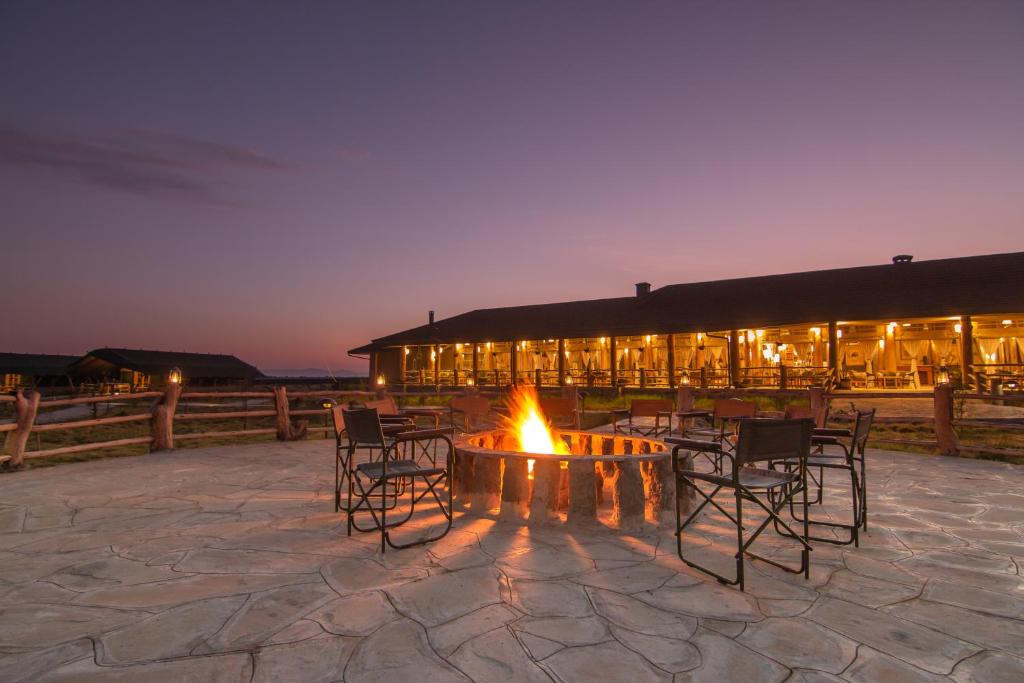
1. By Air – A Birds‑Eye Prelude
Catch a 45-minute flight from Nairobi’s Wilson Airport to Nanyuki, crossing the Aberdare foothills and Mt. Kenya’s snow-capped peaks. Land at Nanyuki Airstrip and unwind on a 30‑minute road transfer through eucalyptus forests and rural homesteads. SafariPin’s professional driver–guides share local stories as you cross the Equator—where you can step with one foot in each hemisphere.
2. By Road – A Scenic Safari Drive
For road-trippers, a well-maintained tarmac highway snakes 200 km north of Nairobi. Family-friendly stops include roadside fruit stalls for mango and passion-fruit sampling, the iconic Equator sign for cheeky photos, and panoramic vantage points overlooking Ol Pejeta’s rolling plains.
| Mode of Transport | Duration | Highlights |
|---|---|---|
| Flight + Transfer | ~1 h 15 min total | Aerial views of Mt. Kenya; scenic eucalyptus groves |
| Private Road | 3.5–4 h drive | Equator sign, local markets, panoramic overlooks |
Ol Pejeta Conservancy – Conservation in Action
Origins & Mission
Once a cattle ranch, Ol Pejeta transformed in the late 1980s into an internationally renowned wildlife sanctuary. With a mission to protect endangered species and uplift local communities, it has grown into East Africa’s largest black rhino sanctuary and remains home to the last two northern white rhinos.
Flagship Species
- Black Rhino: A triumphant recovery from fewer than 20 in the 1990s to over 160 today.
- Northern White Rhino: The last two northern white rhinos are named Najin and Fatu. They live at the Ol Pejeta Conservancy in Kenya and are under constant armed guard. Najin is the mother, and Fatu is her daughter.
- Sweetwaters Chimpanzee Sanctuary: The only semi-wild chimp refuge in Kenya, housing ~40 rescued apes.
- Jackson’s Hartebeest & Grevy’s Zebra: Protected breeding enclosures bolster populations of these rare plains species.
Community & Conservation Synergy
Ol Pejeta’s approach recognizes that long‑term success hinges on local empowerment. Programs fund schools, clinics, and clean-water initiatives. Many staff—guides, rangers, hospitality teams—hail from neighboring communities, ensuring tourism revenue circulates locally.
Daily Safari Rituals – From Dawn ‘til Dusk
Pre‑Dawn Warm Flask & Sunrise Tracker
Before birdsong breaks, a SafariPin guide brings a hot flask to your tent. Nestle beneath cozy blankets as the African sky transforms from inky navy to purple and gold. Sip warm water or tea, listen for lion roars in the distance, then prepare for your first game drive.
Morning Game Drive Highlights
- Time: 5:30–9:00 AM
- Wildlife: White rhino families leading curious calves; grazing zebra herds; silhouetted elephants at dawn; prowling tawny eagles overhead.
- Guide Insights: Learn how white rhino calves lead the herd so adults can watch them; why black rhinos prefer solitude; and how elephants use mud as sunscreen.
Midday Pause & Refuel
Return to camp for a hearty breakfast: fresh pastries, local fruit platters, steaming ugali porridge, and hot chocolate made with real Kenyan milk. Share highlights with fellow guests on the veranda, or indulge in a pound-cake snack beside the infinity pool.
Afternoon Siesta or Optional Walk
Enjoy leisure time: lounge in your tent’s hammock, cool off at the pool, or embark on a guided walking safari with armed rangers. Wade through shaded forest groves to identify indigenous plants, insect life, and spoor while the camp stays hidden in the distance.
Sunset Sundowners & Evening Drive
At 5:00 PM, gather on the camp’s sunset deck with your favorite cocktail—perhaps SafariPin’s signature Laikipia Sundown. Witness herds grazing under golden light, then head out for an exclusive night drive to spot nocturnal species: genets, bushbabies, and perhaps a stealthy leopard.
Up‑Close Encounters – Animal Spotlights
White & Black Rhinos
- White Rhinos: Herd animals; calves lead so adults can protect from predators.
White rhinos move through the savannah like a well‑rehearsed dance troupe: calves strut up front as lookouts while the older rhinos herd together, ready to shield their young from lurking predators. This close‑knit community has been the lifeline for northern white rhinos—so much so that today only two remain.
Najin and her daughter Fatu now graze under 24/7 armed guard at Ol Pejeta Conservancy in Kenya, a poignant symbol of both hope and the urgent need to protect these gentle giants.
- Black Rhinos: Solitary by nature; mothers guide calves closely, teaching them survival skills.
Black rhinos embrace solitude: adult bulls roam alone, staking out territories, while mothers forge an unbreakable bond with their calves. It’s a one‑on‑one mentorship, as each mother guides her youngster through the art of survival—finding water holes, identifying safe grazing spots, and mastering defensive charges against threats. This intimate teaching style ensures that, even in isolation, the next generation of black rhinos carries forward the skills to thrive.
Emotional Moment: The rhino cemetery commemorating Sudan and other rhinos. Reading their epitaphs is a sobering reminder of conservation stakes.
Elephant Waterhole Etiquette
Ol Pejeta’s waterholes operate like a natural hierarchy. Elephants lead, calves play in the shallows, then zebras and giraffes quietly wait. Smaller antelopes and warthogs approach last. Watching this silent queue offers lessons in respect and social structure.
Birdlife Galore
- Tawny Eagles: Drop prey mid-flight to break bones, then feast gracefully.
- Lilac-Breasted Rollers: Explode in iridescent blues and purples against green foliage.
- Pied Wagtails & Plovers: Tiny yet loud—listen for their cheerful calls at water’s edge.
Primate Sanctuary
The Sweetwaters Chimpanzee Sanctuary rescues chimps from illegal trade. From moated enclosures, watch thirty-nine individuals—each with a unique story—interact, groom, and greet keepers during feeding time. Interactive exhibits detail rescue operations and the challenges of primate conservation.
Maisha Sweetwaters Camp – Wild Luxury Redefined
Canvas Suites & Family Tents
Each tent is a haven: king-size or twin beds with crisp linens, vaulted canvases, and bedside lanterns. En-suite bathrooms feature solar-heated showers, freestanding tubs, and eco-friendly amenities. Family tents include annexed kid zones, perfect for cousins or siblings.
Camp Amenities
| Feature | Description |
|---|---|
| Infinity Pool | Overlooks plains—catch giraffes grazing nearby or elephants splashing below. |
| Dining Pavilion | Elevated terrace with panoramic views; fusion of Kenyan and global cuisine. |
| Bush Spa | Outdoor massages, reflexology, and wraps under acacia canopies. |
| Sundowner Deck | Fire-pit gatherings, sunset cocktails, and star-gazing sessions. |
Culinary Journeys
- Breakfast: Fresh pastries, passion-fruit mousse, tropical juices, and savory omelet stations.
- Lunch: Stir-fry pasta bar, grilled fish, local vegetable curries, and creamy rice pudding.
- Dinner: Three-course candlelit feasts—like nyama choma, vegetable samosas, and pistachio “bouche”—paired with Kenyan wines or craft beers.
Chef’s Tip: Don’t miss the hibiscus-infused iced tea—a refreshing local specialty.
Family & Culture – More than a Safari
Junior Ranger Programme
Kids earn SafariPin badges by tracking footprints, inspecting scat, and learning wildlife first aid. At day’s end, they proudly display badges at dinner.
Maasai Village & Beadwork
Visit a nearby Maasai homestead for traditional song, dance, and beading workshops. Tackle an ox-crate maze, learn Swahili greetings, and even try on colorful shukas and beaded necklaces.
Equator Adventures
Stand astride two hemispheres, watch water swirl different directions, and take family photos at the famous Equator sign—complete with gravity-defying experiments.
Conservation Participation – Leave a Legacy
Adopt & Connect
Symbolically adopt a rhino or chimp; receive annual updates, photos, and exclusive Zoom calls with sanctuary veterinarians and rangers.
Community Projects
A portion of your package supports local education, healthcare, and clean-water schemes. Visit a community school or solar clinic to see your contributions in action.
Behind‑the‑Scenes Briefings
Join morning debriefs with anti-poaching rangers to review GPS tracking data, patrol routes, and the latest conservation challenges—not just a tour but a hands-on learning experience.
Seasonal Guide & Packing Essentials
Best Times to Visit
- Dry Season (June–October): Clear views, cooler mornings, and prime game viewing.
- Green Season (March–May): Lush landscapes, dramatic skies, newborn animals, and fewer tourists.
Safari Packing List
- Neutral-colored, lightweight clothing; long sleeves/pants for evenings
- Warm fleece or jacket for early drives
- Binoculars and telephoto camera lens
- Sunhat, sunglasses, reef-safe sunscreen
- Insect repellent and reusable water bottle
Sample 7-Day Itinerary – Dive Deep into Laikipia
- Day 1: Arrival, camp orientation, sunset sundowners on the deck
- Day 2: Sunrise game drive, sweetwaters chimp visit, lagoon lunch
- Day 3: Rhino conservation experience, spa afternoon, cultural evening
- Day 4: Guided walking safari, picnic under acacia, night drive
- Day 5: Maasai village, beadwork workshop, equator dinner
- Day 6: Birding marathon, photography clinic with resident guide
- Day 7: Leisure morning, depart after brunch with warm flasks to go
Why SafariPin? – Your Trusted Safari Architects
With years of expertise and passionate guides, SafariPin curates every detail: tailored itineraries, exclusive access permits, and local insights. From multi-generational family trips to bespoke honeymoons, we ensure your African odyssey is seamless, safe, and sensational.
Conclusion – Your African Story Begins Here
Imagine dozing to the distant trumpet of elephants, waking to a fresh flask, and stepping into a canvas tent surrounded by wildlife. At Ol Pejeta and Maisha Sweetwaters Camp, every moment is a chapter in your personal safari saga.
Ready to write your wildest story? Contact SafariPin today and embark on the safari of a lifetime.

